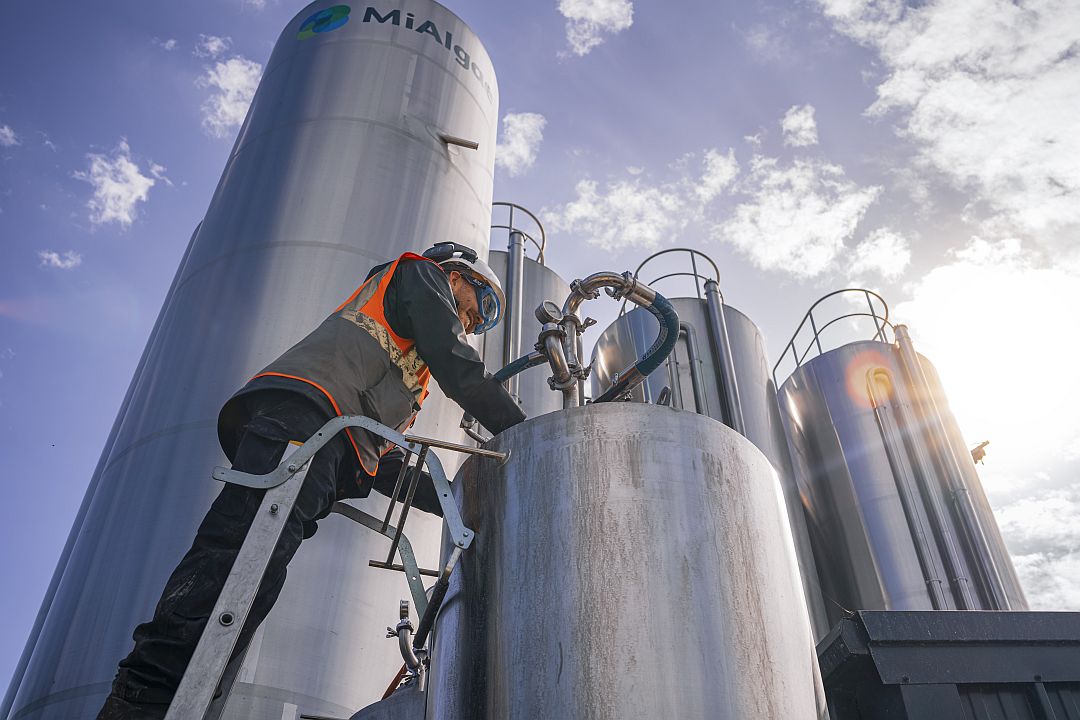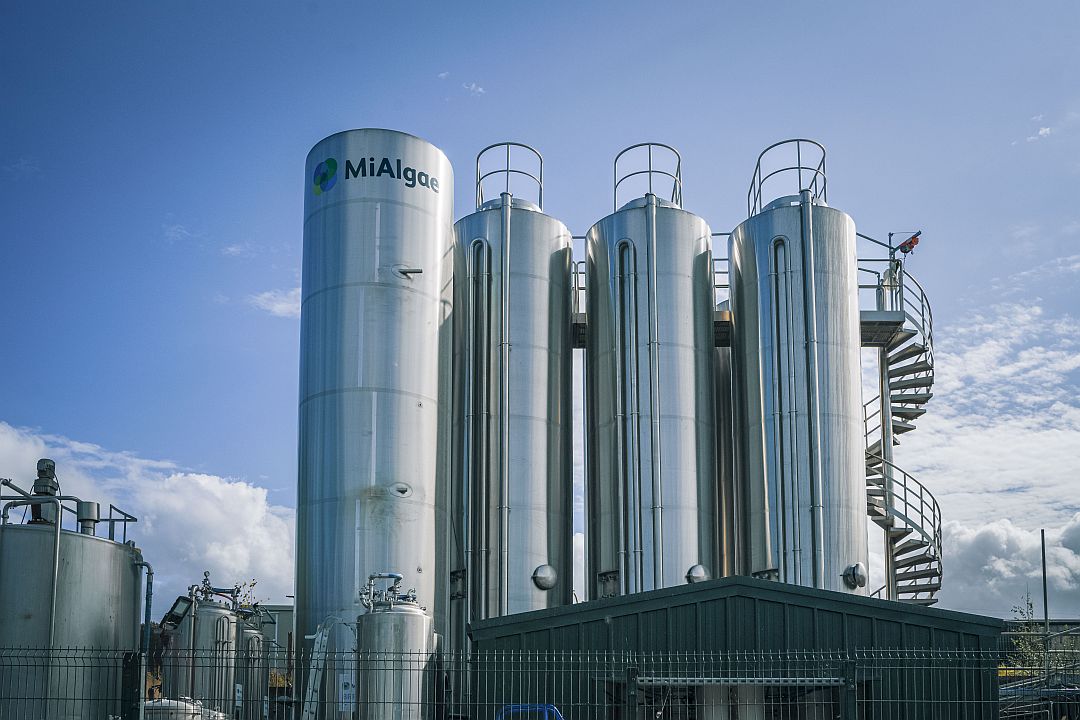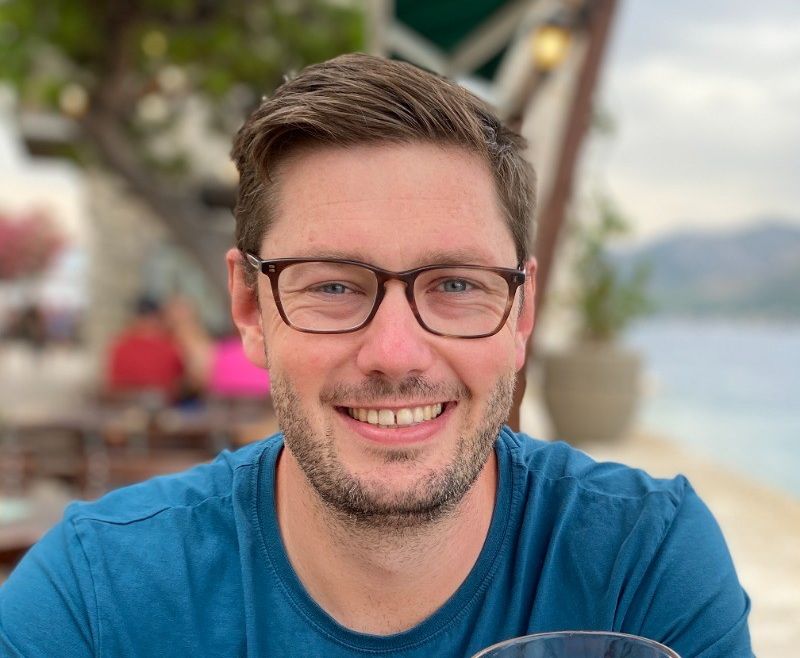MiAlgae—a startup growing microalgae in fermentation tanks to produce omega-3 fatty acids—has raised a £14 million ($18.5 million) series A round to fund a new commercial-scale facility in Scotland.
The round was funded by SWEN Blue Ocean, Clay Capital, Rabo Ventures, Equity Gap, Old College Capital, Social Investment Scotland (SIS) Ventures, Ananke Ventures, Ascension Ventures, and Scottish Enterprise and brings MiAlgae’s cumulative equity funding to £20 million ($26.6 million).
The firm, which has a demo-scale facility in Balfron, Scotland that can make “a few tons a week,” will use the funds to develop an industrial-scale facility between Edinburgh and Glasgow that “will be able to produce thousands of tons a year from next year on,” founder and CEO Douglas Martin told AgFunderNews.
“As fish stocks decline and prices rise, MiAlgae’s approach is poised for global impact.” Ali Morrow, partner, Clay Capital
Circular economy
While there are several well-established players including dsm-firmenich and Corbion growing heterotrophic microalgae fed on sugar to produce long-chain omega-3 fatty acids, there is room for new market entrants said Martin, who utilizes byproducts from Scottish whisky distilleries to form the bulk of MiAlgae’s feedstock.
“We’re also using heterotrophic algae [that can grow in a ‘dark’ fermentation process where carbon and energy come from organic compounds like sugars or other dissolved organic matter instead of light/photosynthesis] in the Thraustochytrids class.
“In the distillery, they basically take the alcohol and we take the remaining liquid—which contains some carbohydrates, nitrogen, phosphorus, trace elements, and trace metals—and use it as our base [feedstock]. We have a number of upstream processes [to treat the liquid before adding it to fermentation tanks]. In particular, we have to make sure that it’s sterile.”
What has to be added to supplement the base feedstock from distilleries “very much depends on the batch or the distillery that we’re working with,” says Martin. “So it is a case of adding additional carbon sources through to additional trace elements, to pH correction. But the key point is that the bulk of our feedstock is from the distillery byproduct, rather than taking super-clean RO [reverse osmosis] water and adding specific ingredients to it.”

The market for long-chain omega-3 fatty acids
The market for the omega-3 fatty acids eicosapentaenoic acid (EPA), and docosahexaenoic acid (DHA) has three key segments: human foods (primarily DHA for infant formula); pet food; and aquaculture, which currently relies on dwindling fish stocks, he said.
The first two markets—aquafeed and pet food—can utilize the biomass coming out of MiAlgae’s fermenters, which can be sold as a liquid concentrate or a powder. For human food or supplement applications, which MiAlgae is not currently targeting, there would need to be a series of more costly downstream steps to disrupt the cells, extract the lipids, and purify the omega-3s, he said.
Right now, MiAlgae’s focus is on supplying the domestic aquafeed market—initially farmed salmon—with a consistent, sustainable, and local alternative to fish oil, as firms seek to reduce their reliance on “fish in, fish out,” he said.
“Over the past 30 years, the global aquaculture industry has expanded more than fivefold. However, the supply of fish oil, the primary source of omega-3s for farmed fish, has remained stagnant at around one million tons per year. This is derived from harvesting 20 million tons of wild-caught fish annually, a practice that is both unsustainable and harmful to marine ecosystems. As a result, omega-3 levels in farmed salmon have plummeted to the bare minimum required for their health. The industry urgently needs to find alternative sources.”
The fact that MiAlgae is using byproducts from the beverage industry “that would otherwise be wasted” is also attractive to customers and investors looking to work with companies contributing to the circular economy, he added. “And off the back of that, we get to clean water, as we’re taking out 95% of the nutrients [in the liquid byproduct from the distilleries].”
“The Blue Ocean Fund targets startups tackling threats to our oceans such as overfishing, pollution, and climate change. MiAlgae’s innovative microalgae fermentation addresses the omega-3 supply gap with a scalable, sustainable alternative to fish oil.” Christian Lim, managing director, SWEN Capital Partners
New commercial-scale facility
The new commercial-scale site will enable full commercialization of MiAlgae’s NaturAlgae omega-3s, said Martin.
“We’re looking at somewhere between Q1 and Q2 next year that we’ll start to see production coming out. The system’s built in a modular fashion, so we don’t have to put a single chunk of CapEx in at once and we can up production as we go.”





